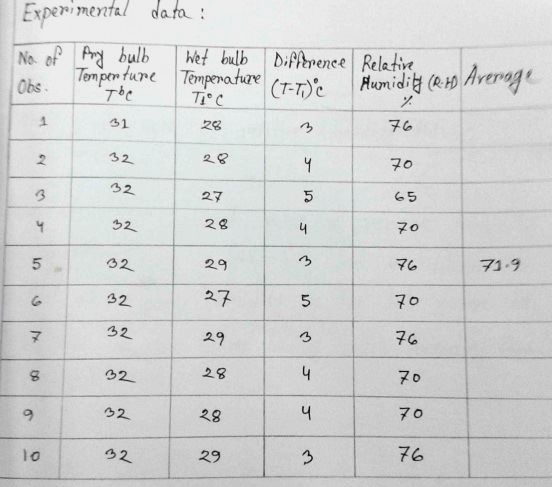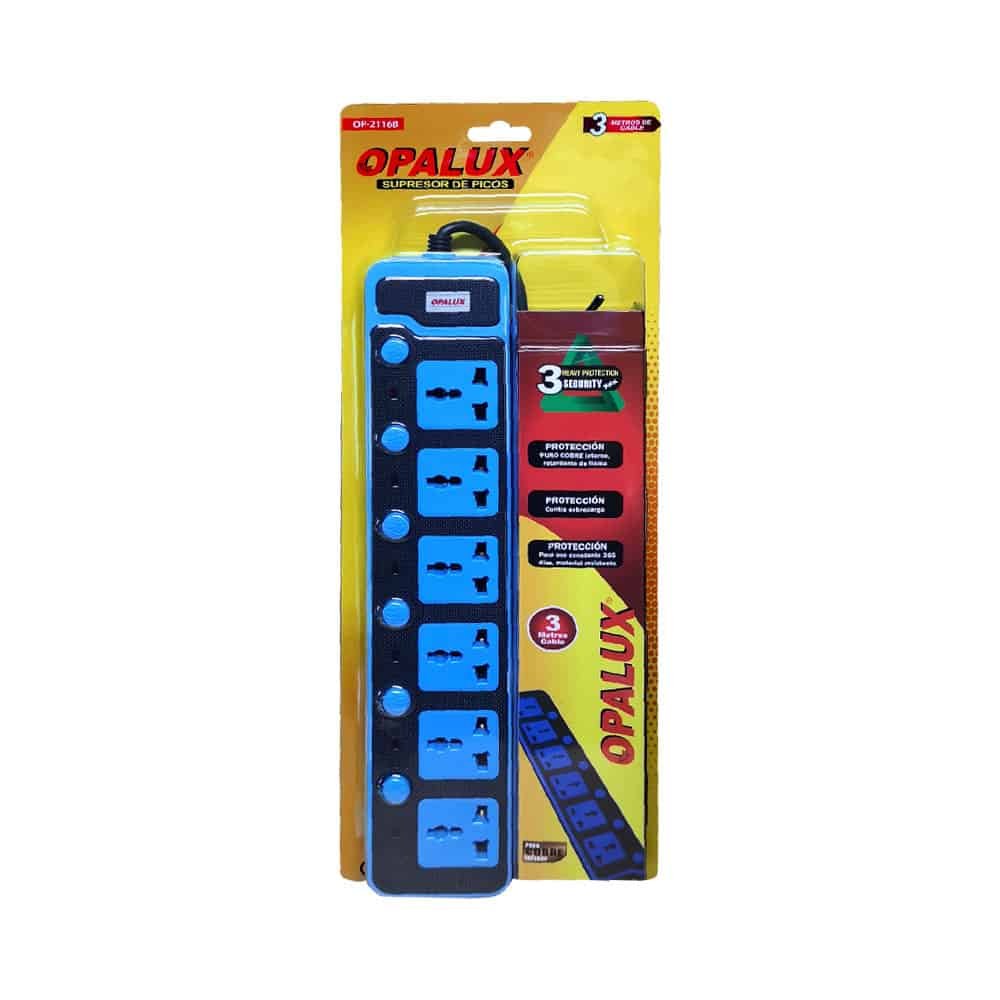

Including a correction factor to bring the calculation result into (that is, RH=76, not RH=76%) into Wet Bulb Temperature (WB) in ☏, This is the equation for conversion of Dry Bulb Temp (T) in ° FĪnd Relative Humidity (RH) as a whole number Some reason you want to use the Airport Heat Index to WBGTĬalculator in spite of these shortcomings, Humidity or Dew Point Temperature are much more reliable.

The Airport Data-based calculators using Relative Unfortunately, this equation is onlyĪccurate within a fairly narrow temperature range, and should not be

WBGT = Estimated Playing Field Wet Bulb Globe Temperature, HI = HeatĪccuracy for this equation is ± 2☏ (that is, 1 Standard deviation =Ģ☏). This equation was derived from the author's own data, with Maximum compensable Relative Humidity (RH) for a given Dry Bulb Relative Humidity (RH) based on Dry Bulb (DB) and Wet Bulb (WB) This equation is based on unpublished data generated by the author. Finally, in the spreadsheet useĮdit>Replace to replace the temperature or humidity names, such asĭB or WB, with the cell names for the cells that contain the actual Next, copy the equation (Edit>SelectĪll>Edit>Copy) from the text editor and paste into a spreadsheet Make sure thatįormat>Word Wrap is not active. Notepad, which comes with every version of Windows. To utilize anĮquation, copy and paste it into a text editor such as Microsoft TheĮquations have been tested and they work perfectly. Wet bulb temperature can be measured by using a thermometer with the bulb wrapped in a water soaked cloth over which enough air is passed.All of these equations are based on measurements in ☏. The drier is the air, the lower the wet bulb temperature. Has a relative humidity below 100%, some water will evaporate. If the relative humidity of the air is 100% (in other words it is saturated with moisture), evaporation will not happenĪnd the wet bulb temperature will be the same than the dry bulb temperature (the one that you can measure with any conventional termometer). Wet bulb temperature depends on how dry is the air. We will reach to the wet bulb temperature. This process absorbs energy and produce a further reduction of the water temperature. Will be evaporated and will pass to the air flow. In the case of the drop of water, in addition to conduction, some of the water There is only one heat transfer mechanism, conduction from the hotter body to the cooler body. However, if with the same air flow we try to cool down a drop of water, we could reach a lower temperature than 20✬. If we try to cool down a solid object with an air flow of, let´s say, 20✬, the minimum temperature that theoretically we can reach for this solid object The wet bulb temperature is the minimum temperature that can be reached by evaporative cooling.


 0 kommentar(er)
0 kommentar(er)
